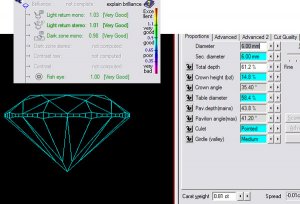- Joined
- May 3, 2001
- Messages
- 7,516
From one who loves Diamcalc and who is NOT an attorney, please do not do that.Date: 2/24/2007 4:54:20 PM
Author: Serg
Did you hear: I will HAPPY delete all from AGS in DC3.0
Many of us really love having it there and removing it will make the program not as wonderful for us as it is now.
Wink









300x240.png)